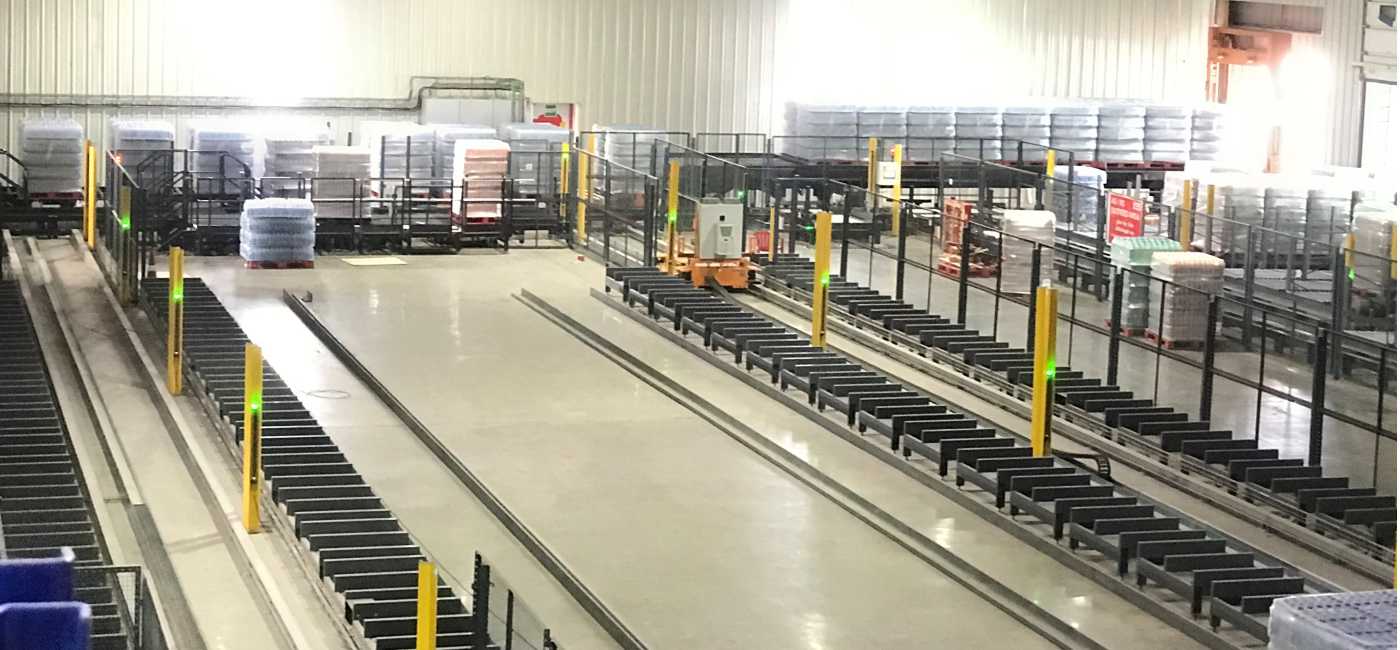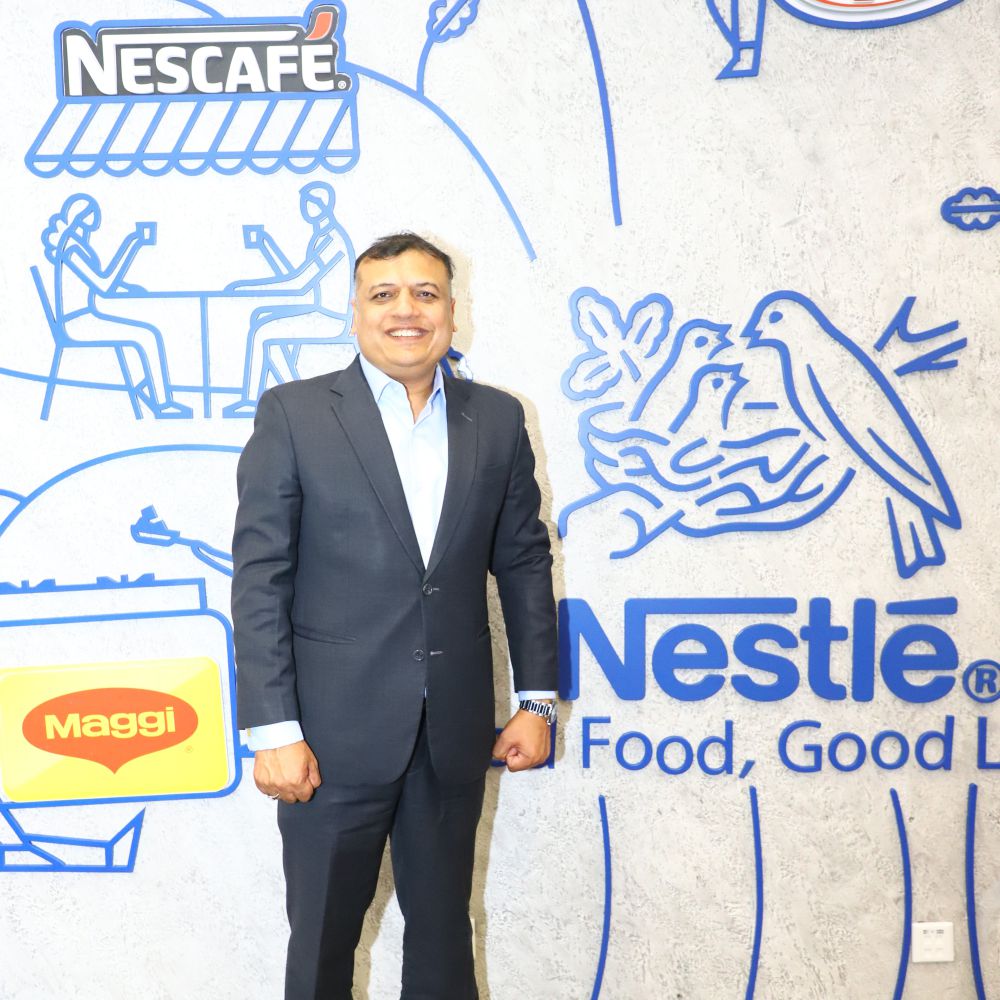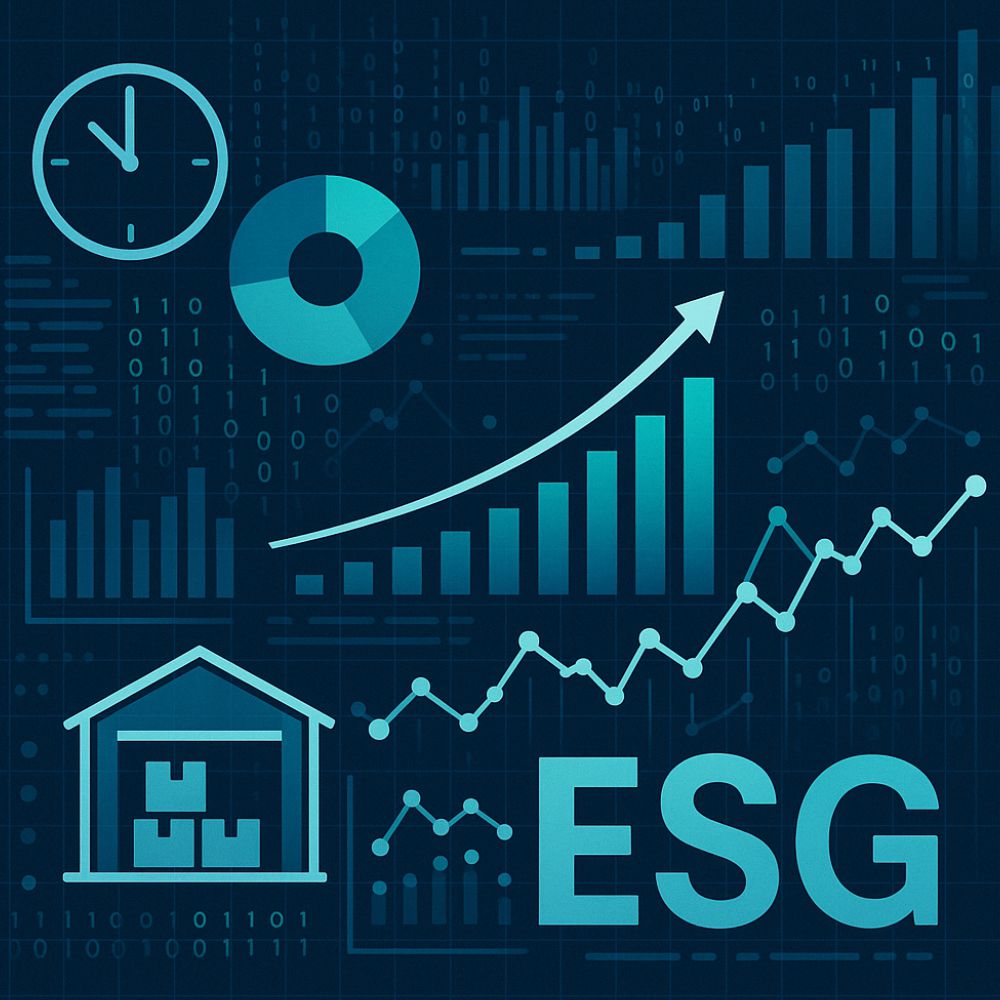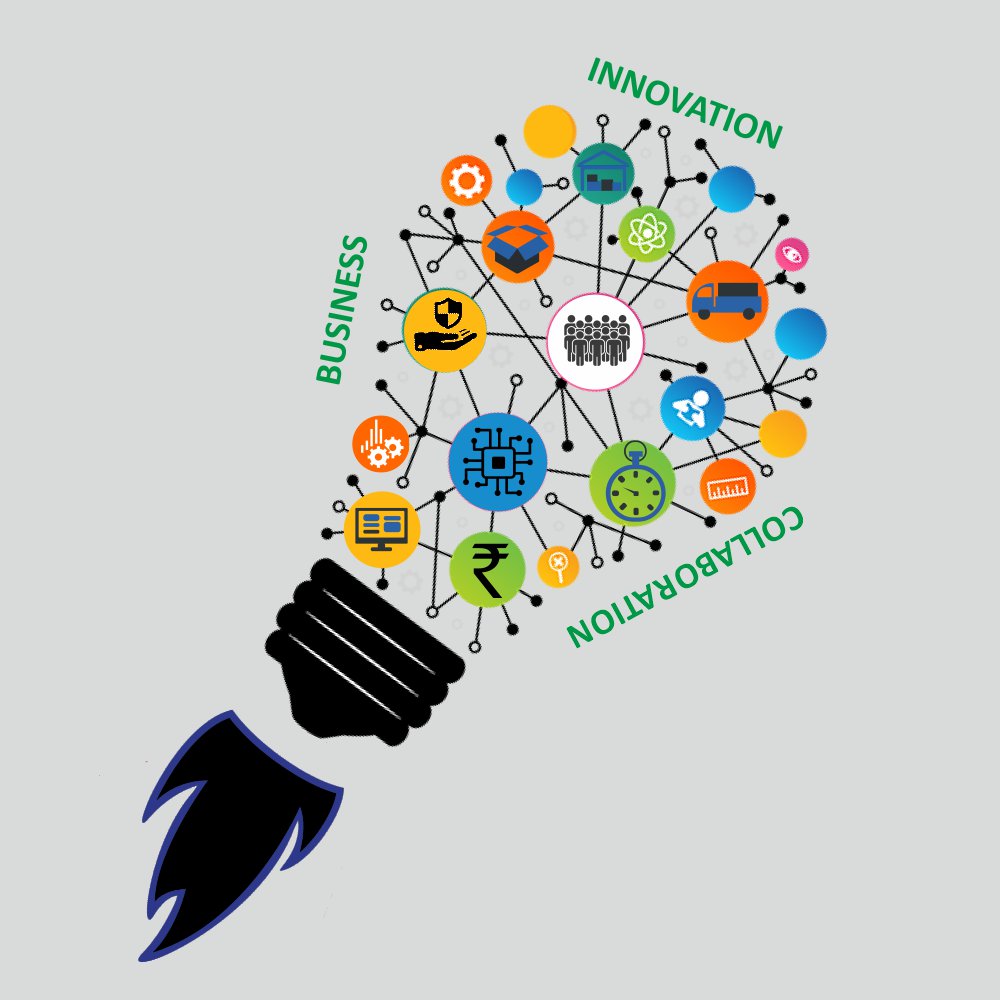“The most important skill that new age logistics managers need to possess today is creating disruption and accepting the change management of a disruption. Implementing a change is equally a key imperative, one has to be able to appreciate the change for every aspect of the change to implement the change more effectively. I feel the industry is moving out of specialists and moving towards generalists,” asserts Umesh Madhyan, Associate Vice President Logistics, Hindustan Coca-Cola Beverages Pvt Ltd, who is managing by far one of the most complex and biggest warehouses in the country of the FMCG giant. Excerpts…
Logistics has received renewed thrust from the government by giving it infrastructure status. This was long overdue. What does it spell for the logistics industry as a whole?
Logistics is the most disruptive industry as of now, not only in India but also across the world. In addition, the icing on the cake is the shift from the government driving changes in our landscape like GST. We all logisticians believe that the true benefits of GST are in bringing flexibility in transportation through eased out regulations and infrastructural development. This change will also help our sector get competitive rates as rising logistics costs due to commodities & various category proliferation complications impact global competitiveness of exporters. Therefore, it makes a lot of sense to focus in this area through a dedicated logistics industry. Infrastructure development and specifically placing an impetus on dedicated freight corridors would go a long way in boosting economic growth.
The average per day running of trucks in countries like Australia & the US is 450 Kms per day to 600 Kms per day. It is a similar number in the European countries too. This average, in India, is not more than 200 Kms per day. It is clear that there is a lot of catching up we need to do here. Hence, all the efforts in this area be it road, rail or sea will always be appreciated and support logistics. While, we have not been able to see great economic benefit of switching from road to rail yet, we hope the ‘logistics efficiency enhancement program’ initiated by the ministry of road transport will help.
How has been the scenario post GST and how can logistics players leverage the opportunities?
GST has made logistics scientific – now we can design our warehousing footprint basis demand and supply points. Organizations have started working on the footprint since long (just like GST was supposed to Go- Live since long) & finally the execution has started. We started work on the footprint long back in 2014-15. Today, we have tried to leverage the GST benefit by changing source of existing customers from one state to another.
GST has not rationalized warehouses, it has changed the warehousing footprint completely. As a result, it is expected: 3PL organizations to become more capable of handling large warehouses; To use technology in making processes more productive; Transporters to ease out movement of trucks from one state to another (Essentially, all trucks in the market should be with All India Permit post GST because the prime idea of GST logistically is to make One India).
You have been involved in managing ‘one of the largest warehouses in India’. How do you manage the complexities that come your way?
Yes, we are working on the most complex and best warehouse in the country so far. It is a real leverage of GST with the most optimized Single Touch Logistics. This warehouse in Gujarat is next door to the plant and will serve the entire state and beyond. It will have one of the highest throughput along with the full complexity of servicing the customer direct. In today’s supply chain, where proliferation of SKUs is only increasing, the solutions need to manage scale as well as be nimble.
I can write a thesis on the complexities and challenges that has come with implementing this solution, which is live from April 2018. For now, the key challenge one faces during implementing such changes is accepting the change itself. Changes of such scale are interpreted differently by different parts of the organization. Even if one starts raising alerts right from the beginning, there will be surprised reactions exactly when the rubber hits the road.
What are the complexities associated with the industry you are operating in?
Obviously, we are in a large-scale industry and an organization. So, all the complexities in a traditional FMCG would multiply here with the scale be it last mile deliveries, metro servicing complexity due to no entry restrictions, increasing catalogue size, truck turnaround times and many more. One specific complexity we have as compared to most of the other organizations is reverse logistics – probably a reason why we cannot benchmark our freight cost levels across the industry. Therefore, we size our transport for forward and reverse movements and sizing of transport will of course consider one more variable of seasonality.
One bigger complexity is the unorganized transport industry… there are about 720 dimensions of trucks prevailing in our country. How could one design the entire logistics utilization in such a variable market condition? Our regulations provide outer limits of every dimension of trucks but there are no definitive limits. So, every trucker goes for a size as per his limited wisdom. This is a big deterrent to move to palletized transportation as against than case loading. The average time taken to load a manual 9 metric ton is 90 minutes and the same could come down to 20 minutes if loaded by pallets.
Having witnessed supply chain from close quarters for almost two decades, what transformations have you seen during the journey?
Supply chain has been ever evolving and it is still nail biting to see the disruption under way. Technology has impacted every process – from taking an order to closing a trip, from ordering a raw material to posting a production, from calling a truck to paying the freight. Who would have imagined in 2001 that there could be a science in deciding the number of warehouses in a geography – all thought that just because the trade is not allowed across the state borders, we have warehouses in almost every state. Today, we have a destination, or a picture of success known which was never evident earlier. Just penning down few thoughts:
- All Inbound Material get automatically replenished to the production line without placing an order
- Smaller lead time cycles in product innovation and design through technologies like 3-D printing and more
- Auto-connected manufacturing lines to large safe & automatic storage and retrieval system warehouses enabling Single Touch Footprint
- Automated Docks for bulk dispatches and sorters, mixed pallet makers for detail picks and order preparation
- eTendering of transport from the open but visible truck market
- Single Piece Flow from truck reporting to gate out inside the yard
- Track & Trace enabling auto closure of trips, auto payment of freight, auto management of ePOD
- Auto-Replenishment from distributors to the market, warehouses to the distributors, plants to the warehouses, inbound material to the plants, inbound material from farm to the inbound manufacturer.
The best part is that the government is receptive, progressive and thinking of changes in the status quo.
You have been involved in managing supply chains of MNC giants such as L’Oreal, Heinz and now Coca Cola. What are the crucial learnings you have gained?
As my Boss says, “I'm responsible for one of the Largest Logistics in India.” No one handles the scale and the complexity we do at Hindustan Coca-Cola. Every organization has its own complexity from managing a large catalogue to infant nutrition logistics to a large-scale reverse logistics. I have been through almost all the functions of supply chain in the last 2 decades and I have always learned more when I have moved from one function to another. It is like unfolding a new aspect of the same subject from the point of view of another stakeholder & it keeps on making you better and better.
What are the major supply chain innovations you have brought?
Loading a 1000 Cases Truck from an automated dock in 3 minutes by press of a button: We have designed and implemented a solution that provides productivity beyond Palletized Transportation. This could be the ultimate destination of how productive a dock could be.
IoT enabled Dock-Scheduling & Yard Management: We have used upcoming technologies like IoT to schedule docks with BLE beacons communicating to the gate – enforcing a single piece flow in a yard is the best productivity one could get.
Automated Storage & Retrieval System Warehousing: One of the best warehouses in the country probably designed in-house and being implemented in Ahmedabad not only manages bulk throughput, it also provides nimbleness for customer deliveries through mixed pallet making.
Mixed Pallet Making through Layer Pick: Layer Pickers are attachments on forklifts that provide layer picking productively to support customer orders palletization.
GPS Control Tower based escalations: GPS alone cannot improve turnaround of vehicles, the benefit is in linking all the information to an actionable dashboard which can be used as a control tower for expediting deliveries.
e-POD based freight processing design: With so many increasing variables in an unorganized transport industry, e-POD is the only solution that can help capture every information of the trip, connect it to the ERP shipment and wirelessly transmit for freight processing.
Docking Solutions for Palletized Loading – EOT (Extended Overhead Trolley): There are no side open trucks or flat platforms available in our country. Loading a truck from the top was very new when we thought of it. This is true transportation gaming tool in which you use a remote to move the trolley to load the pallets from top of the truck.
What are the key skill sets that new age logistics players must possess in order to enhance overall operational efficiencies?
The most important skill needed is creating disruption and accepting the change management of a disruption. Talking about change, implementing a change is equally a key imperative – one has to be able to appreciate the change for every aspect of the change to implement the change more effectively. I feel the industry is moving out of specialists and moving towards generalists. Technology is eventually going to make most part of every function automated. What would become more important is to have the chain connected and keep it as leaner as possible. One has to be updated of what is in the store to remain more relevant. For example, most of the professionals today are reluctant to technology due to a pre-conceived notion of high cost. I have a dock in Siliguri, which loads a heavy sized truck in 3 minutes – and it also pays back the cost of it in less than 2 years.

Categories

Magazine Editions
























